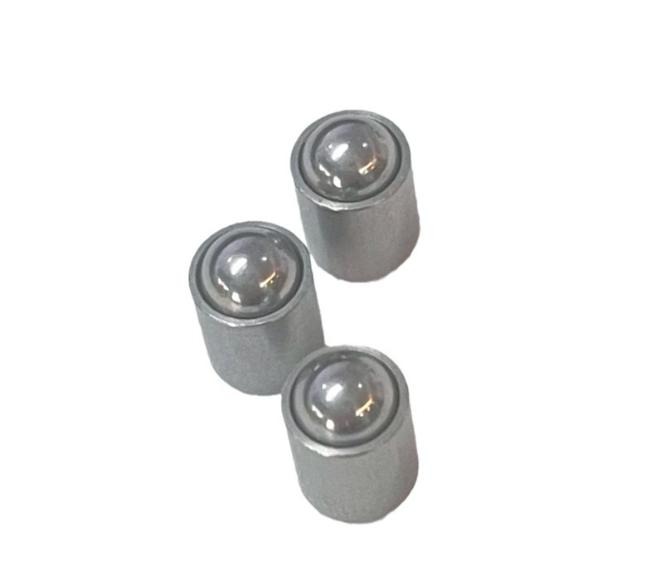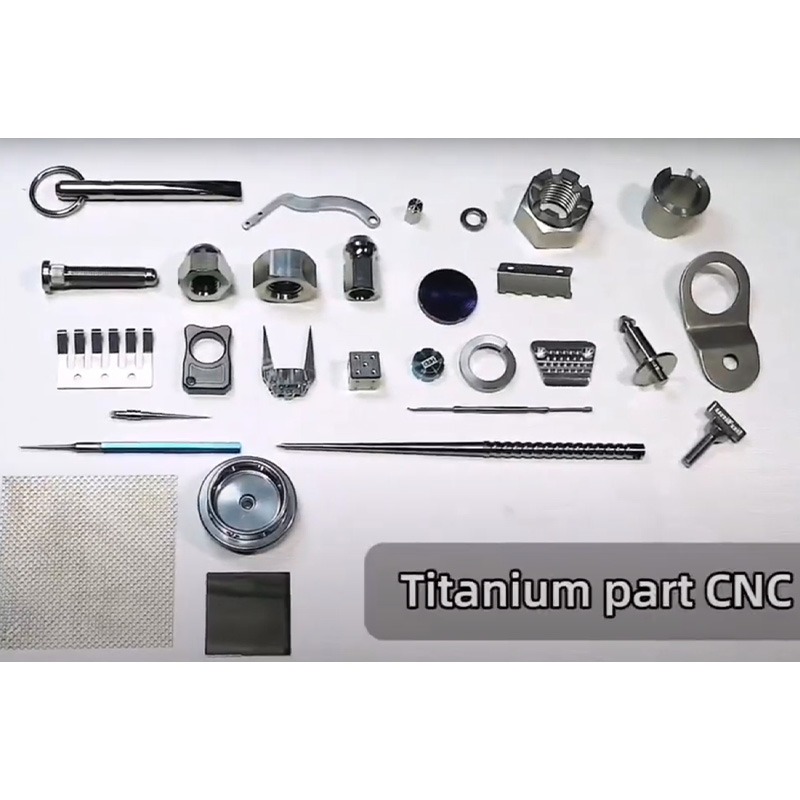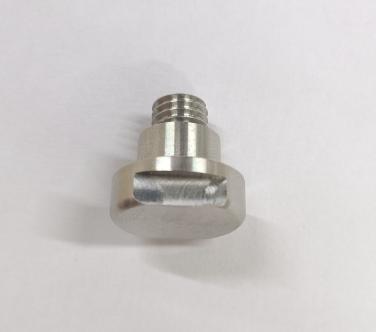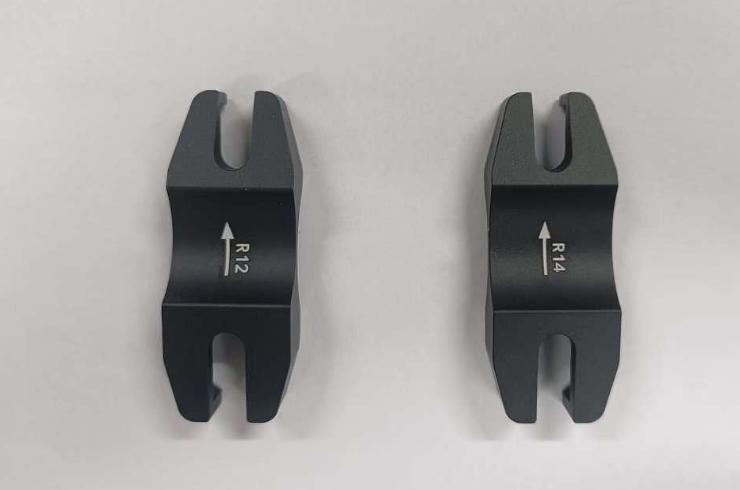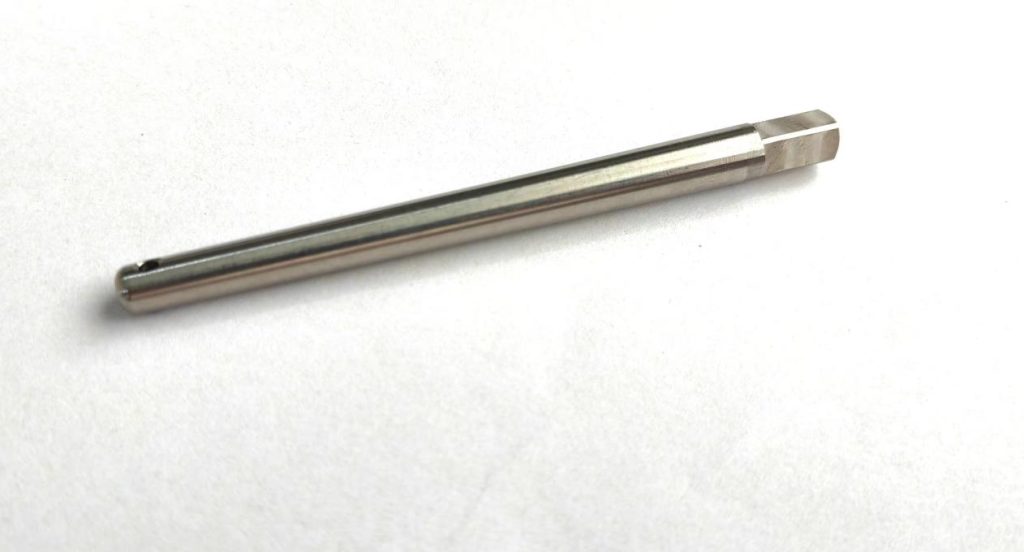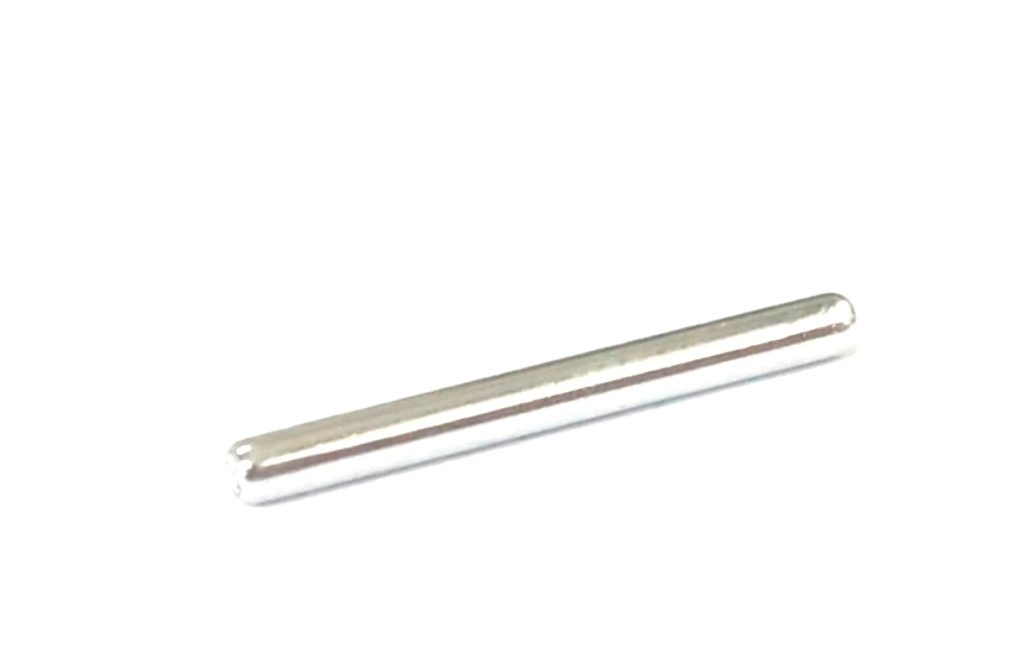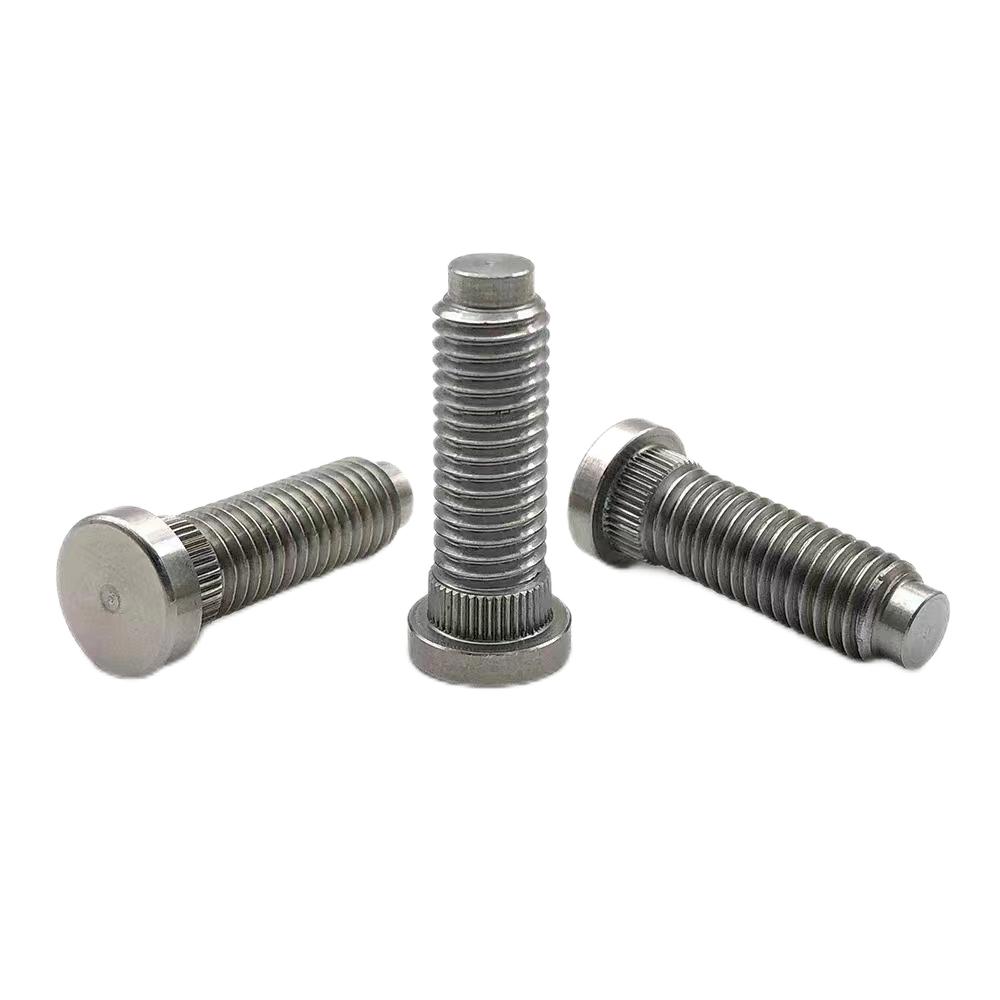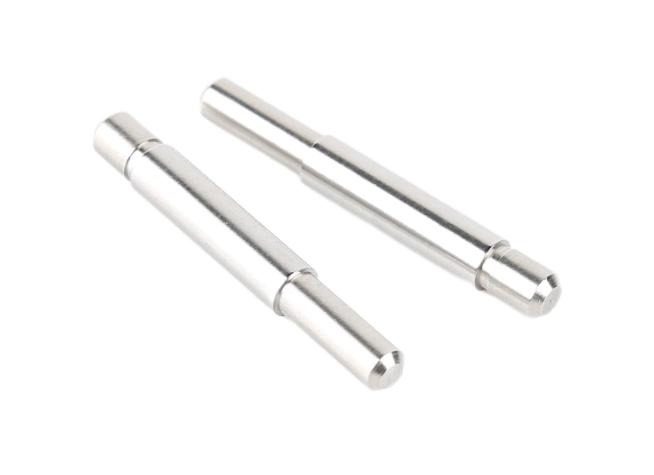CNC Metal Parts vs. CNC Plastic Parts: A Comprehensive Guide
Computer numerical control (CNC) machining has revolutionized the manufacturing industry, enabling the precise and efficient production of complex parts from a wide range of materials. Among the most commonly machined materials are metals and plastics, each offering distinct properties and advantages for specific applications. This article delves into the intricacies of CNC metal parts vs. CNC plastic parts, highlighting their key differences, machining processes, and areas of application.
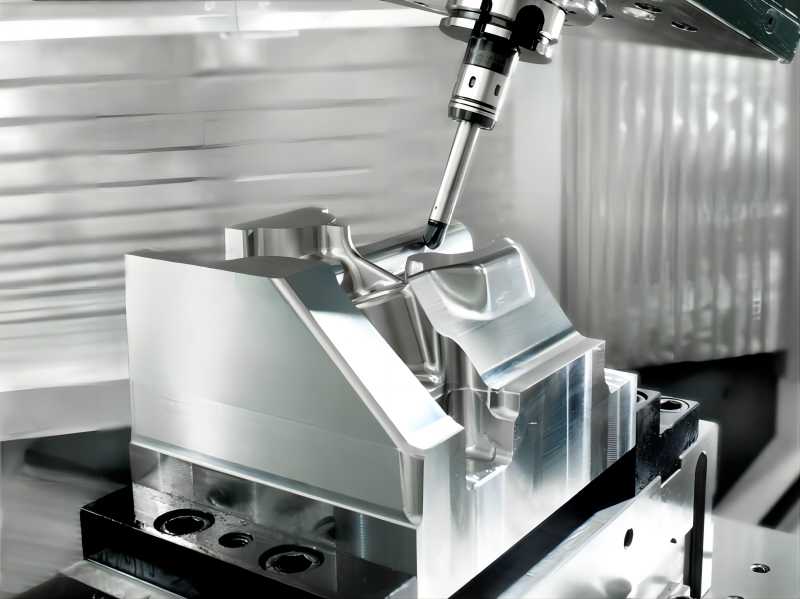
What is CNC Machining?
CNC machining is a subtractive manufacturing process that utilizes computer-controlled machinery to remove material from a solid block, gradually shaping it into the desired form. This process is characterized by its high precision, repeatability, and versatility, making it suitable for a wide range of industries, including aerospace, automotive, medical, and electronics.
Material Properties for CNC Metal Parts vs. CNC Plastic Parts: Unveiling the Distinctions
The choice between CNC metal parts and CNC plastic parts hinges on the specific requirements of the application. Both materials possess unique properties that influence their suitability for different purposes.
Metal Parts: Enduring Strength and Versatility
Metal parts are renowned for their strength, durability, and resistance to wear, heat, and corrosion. They are also excellent conductors of electricity and heat, making them ideal for applications demanding structural integrity and functional performance. Common metals used in CNC machining include aluminum, stainless steel, brass, and copper.
Plastic Parts: Lightweight and Adaptable
Plastic parts offer a combination of lightweight, flexibility, and chemical resistance. They are electrically insulating and relatively inexpensive, making them suitable for a variety of applications. A vast array of plastics is available for CNC machining, each with unique properties, such as ABS, nylon, polycarbonate, and polyethylene.
Machining Processes in CNC Metal Parts vs. CNC Plastic Parts: Shaping the Material
The choice of CNC machining process is determined by the material being machined, the desired part geometry, and the required tolerances.
Metal Parts: Shaping with Precision
Common CNC machining processes for metal parts include:
- Milling: Removing material using rotating cutting tools to create intricate shapes and features.
- Turning: Shaping cylindrical parts by rotating the workpiece against a cutting tool.
- Drilling: Creating holes of various sizes and depths.
- Tapping: Creating threads in holes for screw fastening.
- Grinding: Achieving high surface finish and precision using abrasive wheels.
Plastic Parts: Tailoring to Specific Needs
CNC machining processes for plastic parts often involve similar techniques as those for metals, but with adjustments to accommodate the material properties. Common processes include:
- Milling: Shaping plastic parts using rotating cutting tools.
- Turning: Creating cylindrical plastic parts.
- Routing: Removing material using a rotating router bit, particularly for engraving and sign-making.
- Laser cutting: Utilizing a focused laser beam to precisely cut and engrave plastic parts.
- Ultrasonic machining: Employing high-frequency vibrations to remove material from hard and brittle plastics.
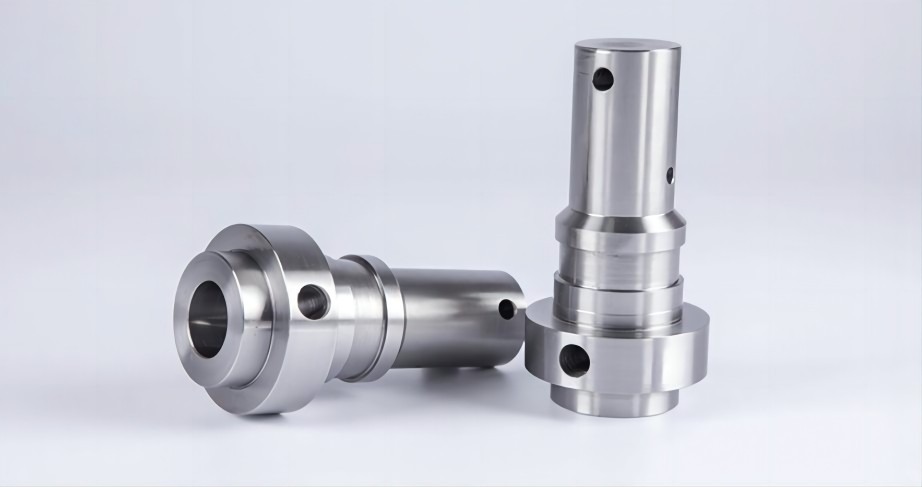
Applications in CNC Metal Parts vs. CNC Plastic Parts: Shaping the World Around Us
CNC metal parts and CNC plastic parts find diverse applications across various industries.
Metal Parts: The Pillars of Industry
Metal parts form the backbone of many industries, including:
- Structural components: Providing the framework for buildings, bridges, and machinery.
- Machine parts: Essential components of engines, gears, and other mechanical systems.
- Automotive parts: Crucial components in vehicles, including engines, transmissions, and suspension systems.
- Aerospace parts: Critical components in aircraft and spacecraft, ensuring structural integrity and performance.
- Medical devices: Used in implants, surgical tools, and diagnostic equipment.
Plastic Parts: Shaping the Everyday
Plastic parts are pervasive in our daily lives, including:
- Prototypes: Enabling rapid development and testing of new product designs.
- Enclosures: Housing electronic components and protecting them from external factors.
- Gears and pulleys: Essential components in power transmission systems.
- Consumer products: Ranging from toys and household appliances to electronics and medical devices.
- Packaging: Protecting and preserving products during transportation and storage.
Considerations for CNC Machining in CNC Metal Parts vs. CNC Plastic Parts: Achieving Optimal Results
Achieving optimal results in CNC machining requires careful consideration of material selection, machining parameters, and surface finishing.
Metal Parts: Achieving Strength and Precision
Careful selection of cutting tools, cutting parameters, and coolants is crucial to ensure optimal strength, dimensional accuracy, and surface finish for metal parts. Stress relief may be necessary to minimize residual stresses induced by machining.
Plastic Parts: Balancing Strength and Aesthetics
Material selection plays a critical role in CNC machining of plastic parts, considering factors such as strength, flexibility, chemical resistance, and desired surface appearance. Cutting speed, feed rate, and chip removal strategies must be optimized to prevent material deformation and achieve the desired surface finish and dimensional accuracy. Ultrasonic machining may be employed for hard and brittle plastics.
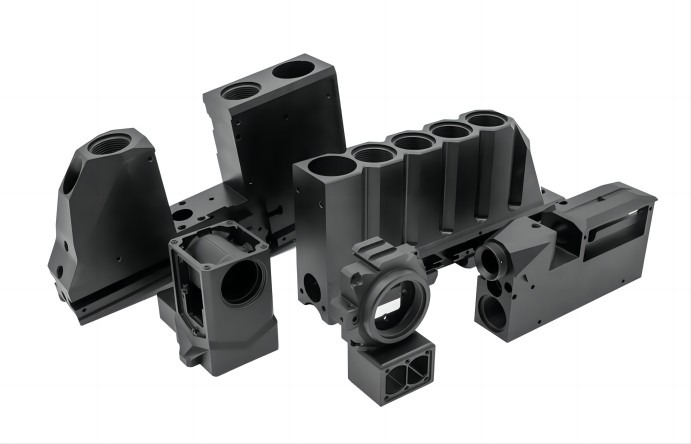
Conclusion: Navigating the Material Landscape
In the realm of CNC machining, the choice between metal parts and plastic parts depends on the specific requirements of the application. Metal parts excel in applications demanding strength, durability, and heat resistance, while plastic parts offer lightweight, flexibility, and cost-effectiveness. By understanding the unique properties and machining considerations of each material, engineers and manufacturers can make informed decisions to optimize product design, performance, and cost.

